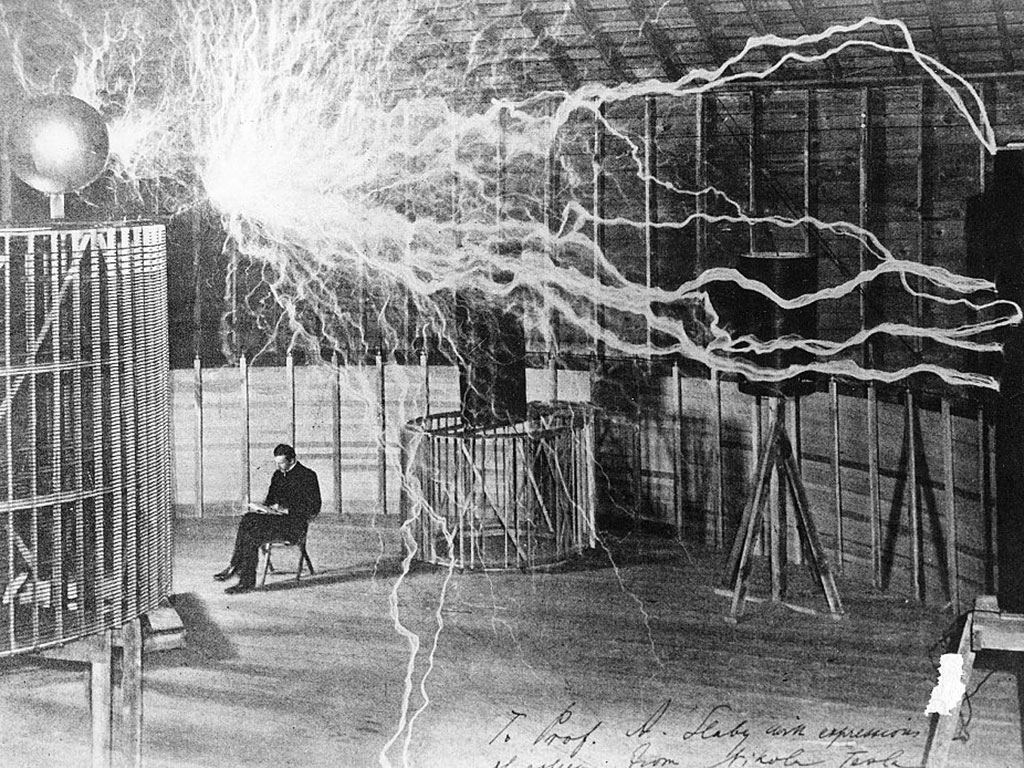Tesla flips switch on grid storage
Autonomous carmaker Tesla has officially launched a battery storage plant that could ensure renewables are used more efficiently

Autonomous carmaker Tesla has taken another step towards energy production, following in the footsteps of its 19th century namesake, Nikola
Tesla has continued to transition from carmaker to all-round energy company with the launch of a battery storage facility in Southern California. The project marks a turning point for the company – renown for its self-driving technology – and seeks to revolutionise the way energy grids are constructed and managed.
In just three months, Tesla has manufactured, installed and switched on a large scale battery network connected to the Mira Loma substation in Edison, California, The New York Times has reported. The facility – which is made up of 396 battery stacks – is capable of storing enough power to supply around 15,000 homes for over four hours.
Battery storage could ultimately provide
a solution to the inconsistent supply
of renewable energy
The project holds the potential to address one of the primary shortcomings of renewable energy systems: the unpredictability of its supply. Many renewables, like solar and wind, reach peak supply at times when people aren’t using them. For example, while households typically use more electricity in the evenings, solar systems generate the majority of their power during the day.
Traditional energy grids operate on the assumption of a constant supply of energy, and, as a result, aren’t designed to fully accommodate the inconsistent supply of renewables. However, battery storage could ultimately provide a solution to this: storing excess energy during peak times to provide power during periods of stagnation.
Tesla’s facility is just one of a number of similar projects scheduled to open in California in the near future. The state holds a number of strong environmental policies and has been particularly quick to adopt these systems in order to mitigate a major leak at a natural gas storage facility.
The development also marks another step in Tesla’s progress from luxury carmaker to all-round energy company. While its cars might be the most public-facing product it produces, these major infrastructure projects are, in many ways, more important to the company’s future. Despite some imported parts, the battery units used to populate the storage facility are almost entirely constructed at Tesla’s Reno Gigafactory.
Although advancing far quicker than many analysts expected, battery technology still has some way to go before it can scale up to larger projects. It is likely, therefore, the success of this facility will be scrutinised to see if Tesla’s batteries can function reliably for a larger facility.













